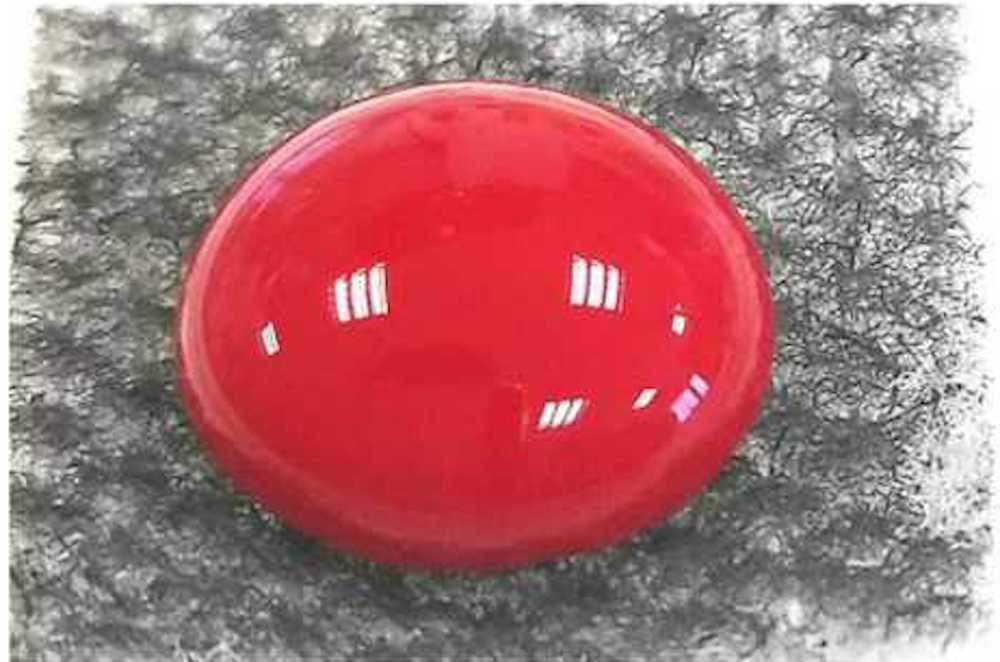
[Image above] Materials that minimize blood loss while not sticking to a wound are difficult to develop. A new special silicone–carbon nanofiber coating may be the answer. Credit: Li et al., Nature Communications (CC BY 4.0)
A lot of times when we talk about ceramics and glass in medical applications, we focus on research taking place inside the body—bone replacement therapies, muscle regeneration, restoring damaged hearts.
But these materials contribute to the medical field in many external ways as well, for example, fiberglass orthopedic casts.
In today’s CTT, we look at another way ceramic materials help heal wounds externally—as bandages.
Preventing blood loss: Challenges of hemostatic materials
Hemostasis, the first stage of wound healing, is the process of preventing and stopping bleeding. The word comes from the Greek roots heme (blood) and stasis (halt).
Hemostatic devices such as bandages promote hemostasis. However, despite progress over the last few decades, developing advanced hemostatic materials for these devices still faces two major challenges:
- Excessive blood loss during the clot-forming period
- Strong clot adhesion on the hemostatic dressing
The conventional method to deal with bleeding—pressing cotton gauze against a wound—causes unnecessary blood loss through absorption of blood into the gauze. Additionally, the blood-laden gauze often tears the wound during removal, which can cause pain, secondary bleeding, and possible infection.
To address these challenges, active clotting agents like chitosan are sometimes added to hemostatic materials. But these agents can potentially escape into the vascular system and cause thrombosis, i.e., formation of a blood clot within a blood vessel, which poses a risk to the patient’s safety. In contrast, some research suggests superhydrophilic materials may promote coagulation faster by quickly absorbing water from the blood, but this approach still involves absorbing blood—failing to minimize blood loss.
Finding a material that promotes coagulation without adhering to the wound is the ultimate goal. And new research may put us a step closer to achieving that objective.
Nanofiber composites simultaneously clot and repel blood
Researchers from ETH Zurich and the National University of Singapore did not initially set out to investigate wound healing. Instead, they were investigating various superhydrophobic materials to find coatings for devices that come into contact with blood, for example, heart-lung machines or artificial heart devices.
However, when testing a mix of silicone and carbon nanofibers (CNFs), the researchers discovered something exciting—when used as a coating on gauze, the mixture not only repelled blood but also aided the clotting process.
The CNFs triggered an extrinsic coagulation reaction upon exposure to blood, “causing the formation of thrombin from prothrombin, and subsequently converting fibrinogen into fibrin monomer,” the researchers write in a recent paper describing their work.
Fibrin, an insoluble protein that forms as a fibrous mesh during the clotting process to impede blood flow, initially had microfiber connections to the CNFs, but contraction of the clot as it matured caused the fibers to pull free. This contraction released the clot from the CNFs, making it easy to remove the bandage without reopening the wound.

Demonstration of the fibrin fibers that form between CNFs and, in this case, plasma. The researchers found fibrin formed even when the blood or plasma contained anticoagulant substances. Credit: Li et al., Nature Communications (CC BY 4.0)
The mechanism triggering coagulation when blood is exposed to CNFs is still unclear and requires further research. However, in vivo tests performed on rats demonstrated the effectiveness of the new bandage. Additionally, several in vitro tests showed the coating had an antibacterial effect as well.
In an ETH Zurich press release, the researchers say they need to conduct further testing, first on larger animals and then on humans, to prove the coating’s effectiveness and safety. For now, they have applied for a patent for the new material.
The open-access paper, published in Nature Communications, is “Superhydrophobic hemostatic nanofiber composites for fast clotting and minimal adhesion” (DOI: 10.1038/s41467-019-13512-8).
Author
Lisa McDonald
CTT Categories
- Biomaterials & Medical
- Material Innovations
- Nanomaterials


